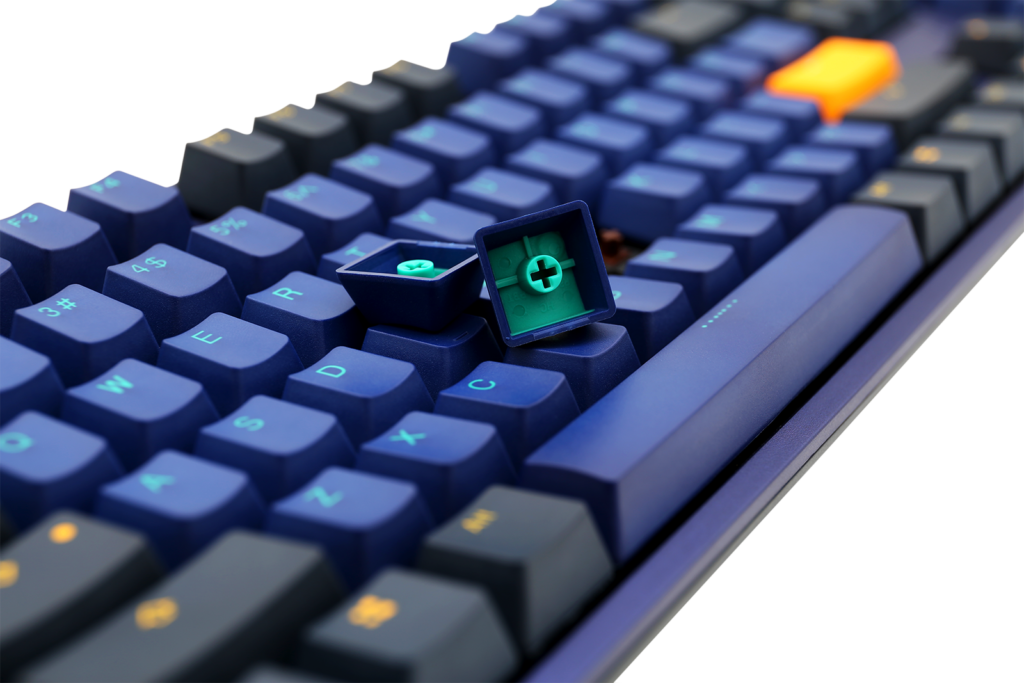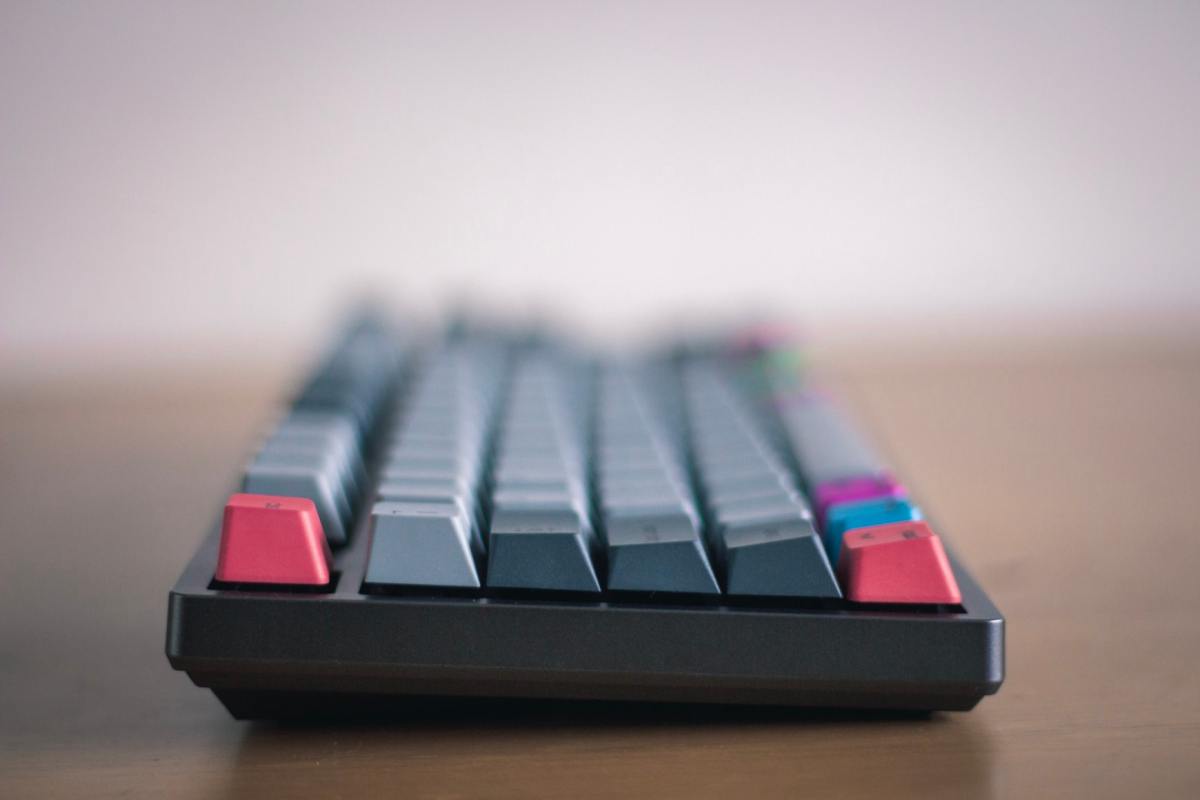With keyboard customization being so popular among enthusiasts, many who are new to the hobby dive in by modifying their keyboards with Cherry profile keycap sets. Cherry profile is one of the most common aftermarket keycap profiles and a go-to for keyboard many enthusiasts. Keycaps come in a variety of styles, otherwise known as keycap profiles.
A keycap profile is the shape of keycaps on any given keyboard. Profiles alter the feel, ergonomics, and styling of each keycap. Cherry profile keycaps provide users with an alternative to OEM keycaps, which come on most standard keyboards.
Depending on the design and availability, high-quality Cherry keycaps can be somewhat challenging to obtain. Knowing where to purchase exclusive keycap sets will point you in the right direction.
What are Cherry profile keycaps?
Cherry profile sets are aggressively sculpted keycaps and feature some of the lowest profile keycaps on the market. This is especially true when compared to OEM and SA keycaps.
Because of their low profile, each stroke of Cherry keycaps provides a more robust sound due to there being less room within the keycap for sound to travel around. Being sculpted means that each row varies from one another, allowing users to feel out each row, which creates a sense of differentiation across the entire keyboard layout.
Despite each row feeling different from one another, Cherry keycaps are quite comfortable compared to standard, uniform keycaps. When it comes to gaming and general typing, many people use Cherry keycaps to meet their needs, mainly due to the low profile of each keycap.
Who makes Cherry profile keycaps?
The original manufacturer of Cherry profile keycaps is the company Cherry, founded in 1953. Cherry has manufactured keyboards since 1973 and claims to be the oldest keyboard manufacturer still in business.
Cherry profile keycaps originated in Cherry’s original mechanical keyboards, the G80 and G81 series, and since then, have long become popularized among keyboard distributors and the mechanical keyboard community.

Where can I buy Cherry profile keycaps?
If you’re keen on seeing if Cherry keycaps are suitable for you, then knowing where to look is crucial.
Mechanicalkeyboards.com or shopmech are both solid recommendations because both vendors carry a broad range of high-quality keycaps. Both of these websites provide Cherry keycaps averaging between $70 to $130.
Sometimes it can be challenging to find keycaps in stock because specific keycap designs run in exclusive group buys. There’s also lesser quality Cherry profile keycaps out there, and it’s important to stay clear of them because they might not use the original Cherry tooling.
ABS keycaps are the cheapest and most common plastic used for keycaps but there are alternatives. PBT plastic is less common but is typically higher quality than ABS. ABS keycaps feel smooth and develop a greasy shine over time but take to color easier than PBT does, while PBT keycaps feel textured and are more durable. Cherry keycaps come in both ABS and PBT.
Pros
- Low profile
- Each keycap row shaped differently from one another
- Ideal for gaming and typing
- Each keystroke sounds slightly bassy
Cons
- Low keycaps are not for everyone
- High-quality keycaps can be expensive
- Profile of keycaps take time getting used to
Whether high-end Cherry profile keycaps are worth the investment is entirely up to the user. Some enthusiasts may enjoy the idea of customized keycaps, and Cherry keycaps offer a unique twist to standard, uniform OEM keycaps. Cherry keycaps’ low profile and unique feel between rows remain attractive to many users. Additionally, Cherry keycaps are ideal for gaming and general typing, with each key feeling swift to type on.
This article includes affiliate links, which may provide small compensation to Dot Esports.

